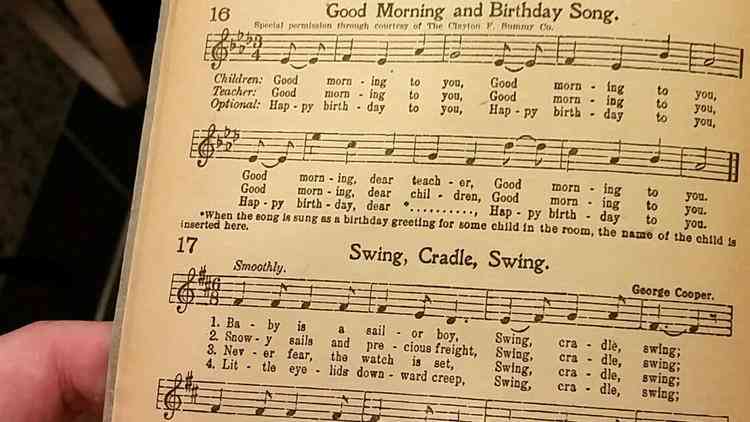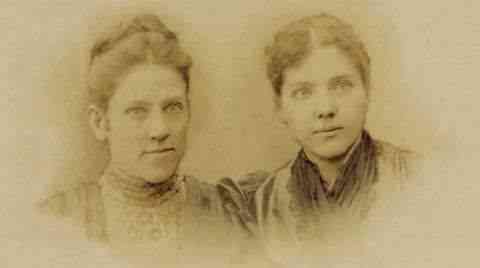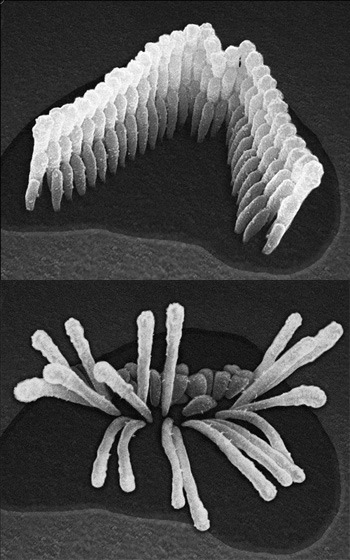These lyrics are for our Spring 2018 choir concert.
Open a separate web browser window to view the lyrics and the recordings at the same time. (If you click on the link, the recordings page will open in a new tab, and you can toggle between them.)
To print out all the lyrics on one double-sided page, click here. (If you don’t select double-sided printing, it will print out 2 sheets.)
FILL THE WORLD WITH LOVE
In the morning of my life I shall look to the sunrise.
At a moment in my life when the world is new.
And the blessing I shall ask is that God will grant me,
To be brave and strong and true,
And to fill the world with love my whole life through.
(Chorus)
And to fill the world with love
And to fill the world with love
And to fill the world with love my whole life through.
In the noontime of my life I shall look to the sunshine,
At a moment in my life when the sky is blue.
And the blessing I shall ask shall remain unchanging,
To be brave and strong and true,
And to fill the world with love my whole life through.
(Chorus)
And to fill the world with love
And to fill the world with love
And to fill the world with love my whole life through.
(Solo) In the evening of my life I shall look to the sunset,
At a moment in my life when the night is due.
And the question I shall ask only I can answer.
Was I brave and strong and true?
Did I fill the world with love my whole life through?
(Chorus)
Did I fill the world with love, did I fill the world with love,
Did I fill the world with love my whole life through?
PURE IMAGINATION
Take a look and you’ll see into your imagination!
What we’ll see will defy explanation!
Anything you want to, do it! Want to change the world?
There’s nothing to it!
Living there you’ll be free if you truly wish to be!
Wanna be a dreamer? Be one!
Anytime you please and please save me one!
So go there to be free if you truly wish to be!
GLORIOUS
And can’t see the places where you belong.
(Solo 2) But you will find that there is a purpose.
It’s been there within you all along.
(Solo 1&2) And when you’re near it, you can almost hear it.
Just keep listening.
And pretty soon you’ll start
To figure out your part.
Everyone plays a piece
And there are melodies.
In each one of us,
Ohhh, it’s glorious.
As you discover who you are.
(Solo 4) Others around you will start to wake up
To the sounds that are in their hearts.
(Solo 5) It’s so amazing what we’re all creating.
And pretty soon you’ll start to figure out your part
Everyone plays a piece
And there are melodies
In each one of us
Oohhh it’s glorious.
(Solo 6) And as you feel
The notes build
Ahhh
You will see
It’s like a symphony
Just keep listening
And pretty soon you’ll start
To figure out your part
And there are melodies
In each one of us.
Ohhh it’s glorious.
LOOK TO THE RAINBOW
said my father, said he,
(Solo 2) I’ve an elegant legacy
waiting for ye.
Tis a rhyme for your lips
and a song for your heart,
To sing it whenever the world falls apart.
Follow it over the hill and stream.
Look, look, look to the rainbow.
Follow the fellow who follows a dream.
Follow it over the hill and stream.
Look, look, look to the rainbow.
Follow the fellow who follows a dream.
Follow the fellow, follow the fellow,
Follow the fellow who follows a dream.
In dreams you will lose your heartaches; whatever you wish for, you keep.
No matter how your heart is grieving
If you keep on believing
The dream that you wish will come true.
YOU’VE GOT GOLD INSIDE OF YOU
It’s hidden deep within us, and will help us as we live
To make the world a better place: the story will be told.
Discover what your talent is by going for the gold!
(Chorus)
You’ve got gold inside of you! It will shine for all to see
As you dig down deep to help a friend become what he can be.
So look around to see just who could use your help today!
Work hard to serve, and you will find gold along the way.
(Solo 1) Remember brave George Washington, whose courage saved the land.
(Solo 2) Consider Florence Nightingale, her gentle healing hand.
(Solo 3) And don’t forget Anne Sullivan, who taught her student sight.
(Solo 4) And Thomas Edison kept on trying ‘till he got it right!
(Chorus)
You’ve got gold inside of you! It will shine for all to see
As you dig down deep to help a friend become what she can be.
So look around to see just who could use your help today!
Work hard to serve, and you will find gold along the way.
(Solo 5) Now think of Sonya Carson, how she raised her children well
To study, work, and not give up: Ben Carson tells her tale.
(Solo 6) The pilgrim Mary Chilton left the Old World for the New;
(Solo 7) And A. A. Milne still makes us laugh with good ol’ Winnie the Pooh.
(Chorus)
You’ve got gold inside of you! It will shine for all to see
As you dig down deep to help a friend become what he can be.
So look around to see just who could use your help today!
Work hard to serve, and you will find gold along the way. (Small group: “It is hidden way down deep inside.”)
(Notes: On the second time through the chorus:
*Sing “she” instead of “he.”
On the third (last) time through the chorus, the last four words are held twice as long. After “way” a small group sings “It is hidden way down deep inside.” The word “inside” is whispered.
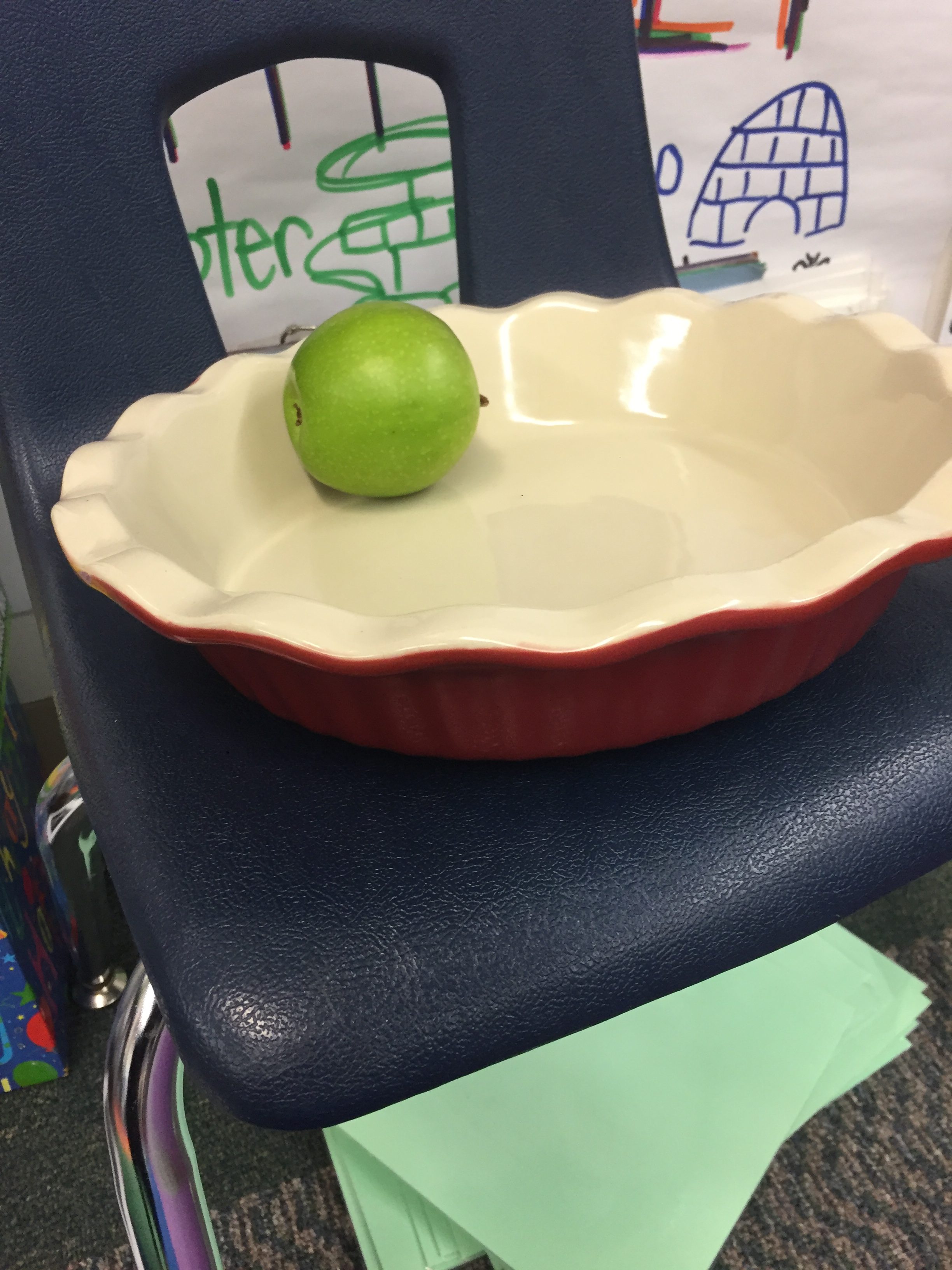
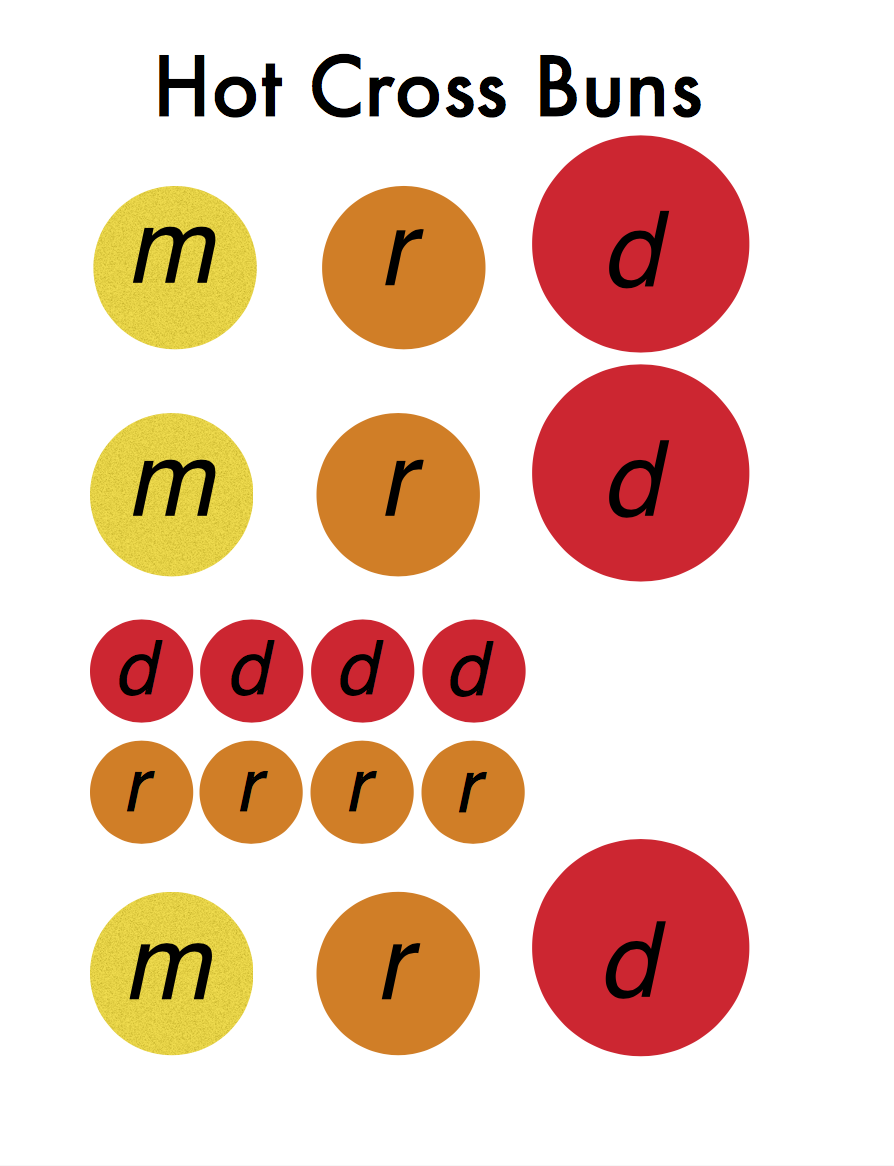
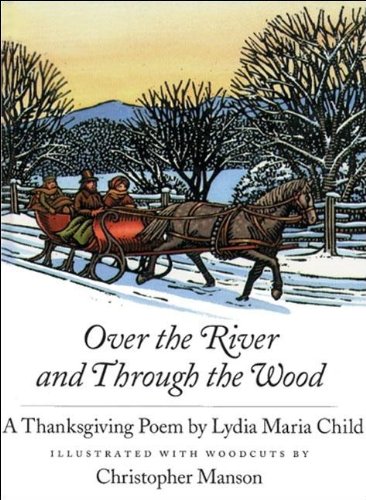
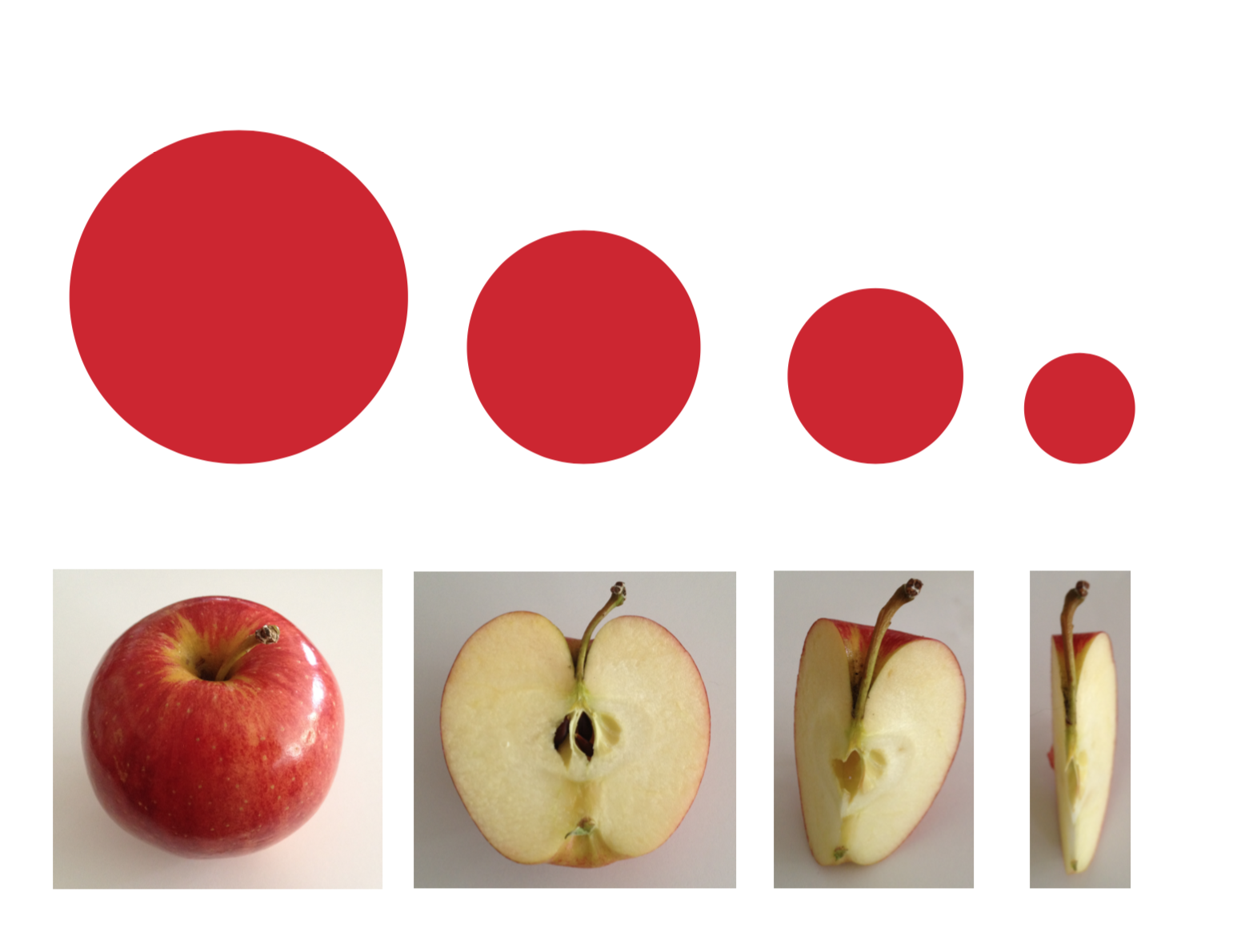
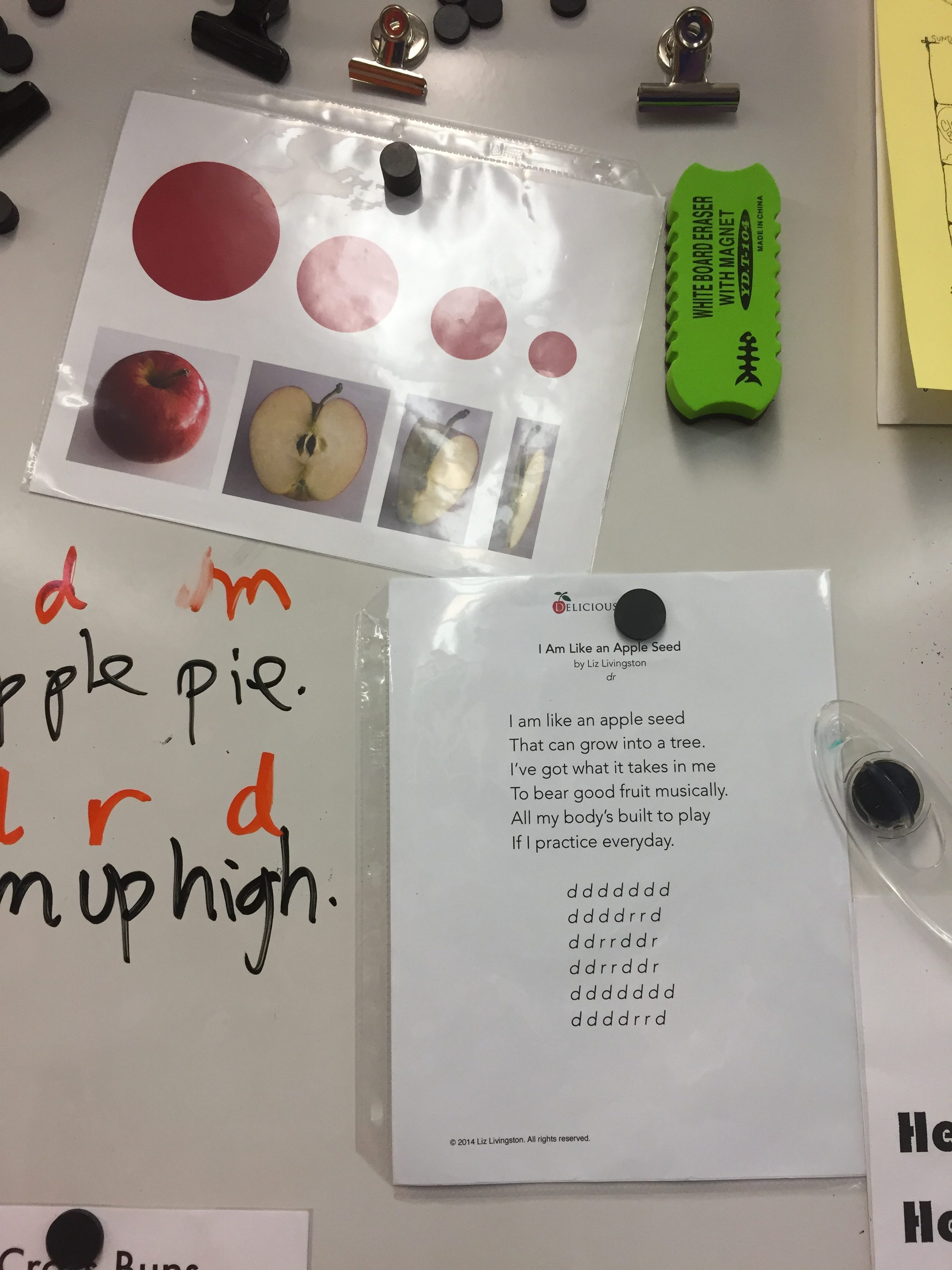
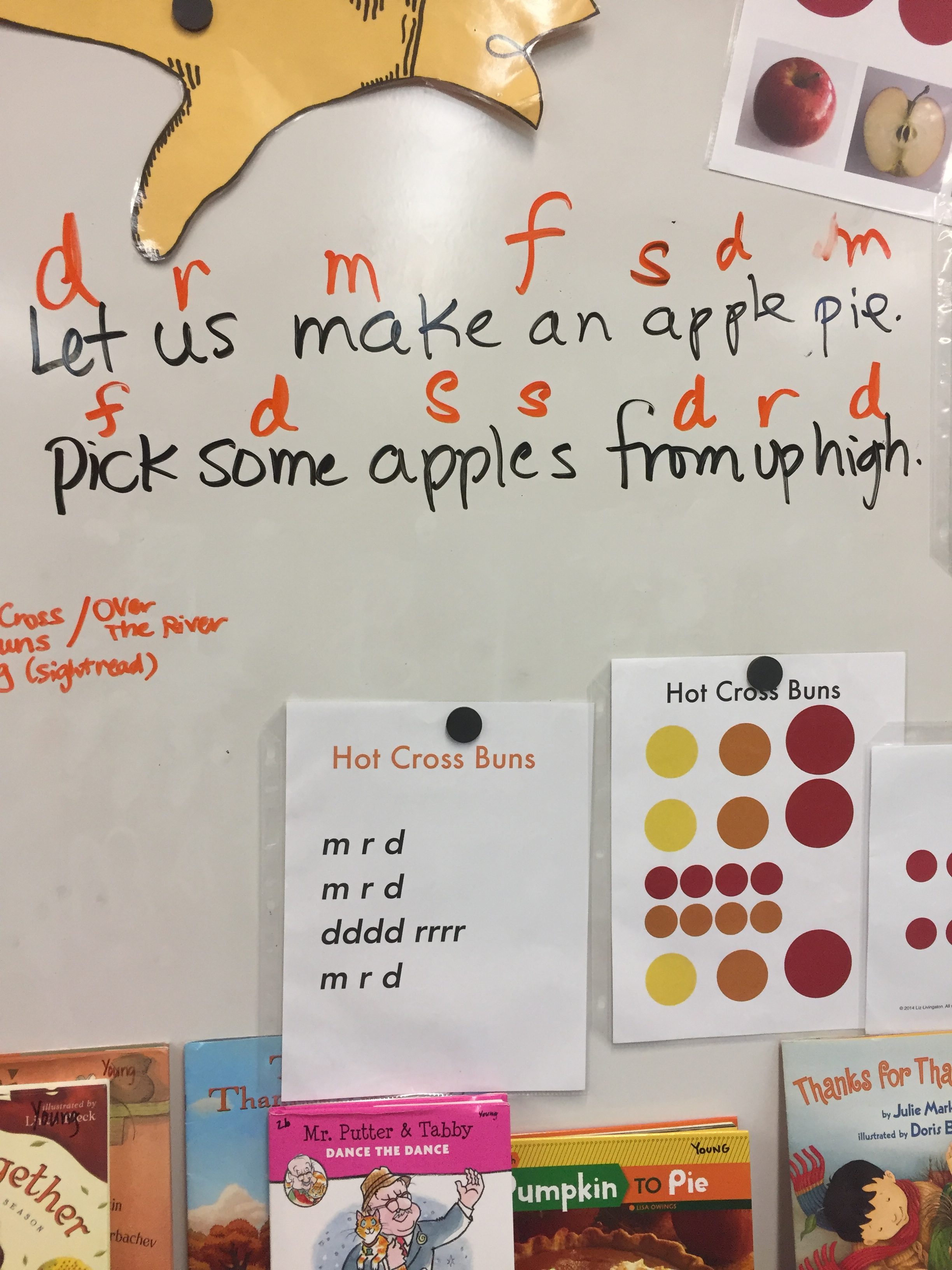
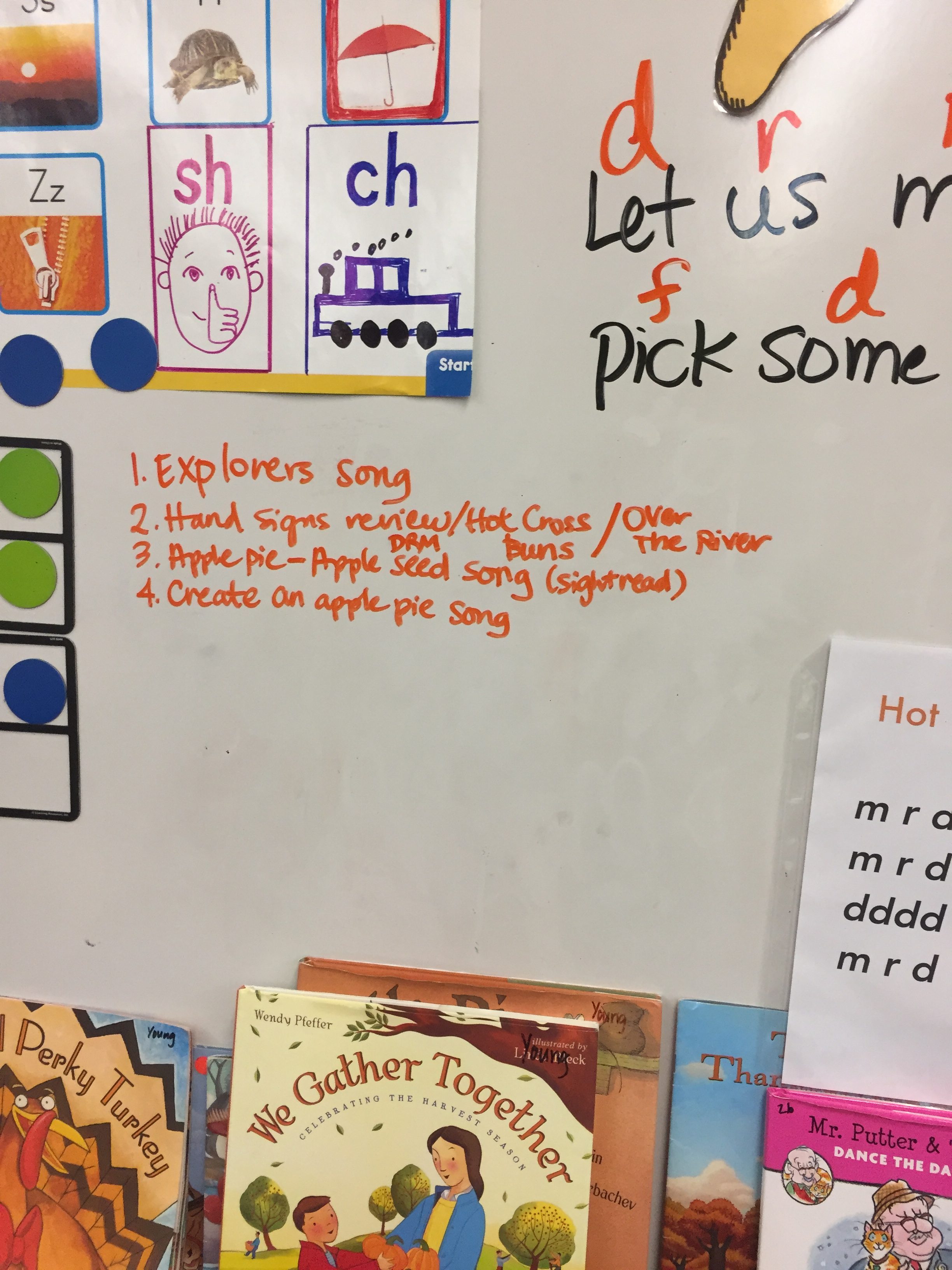 Sometimes I write my lesson plan on the board before I begin teaching.
Sometimes I write my lesson plan on the board before I begin teaching.